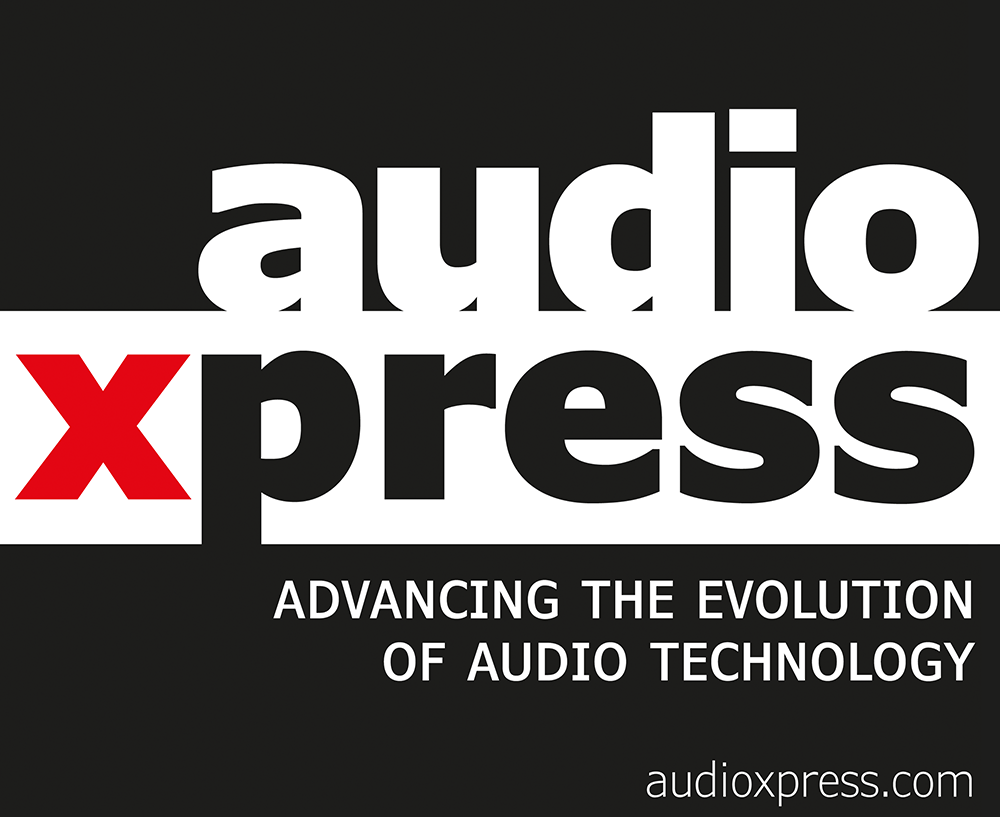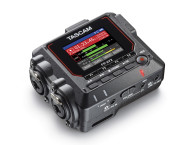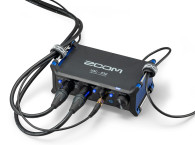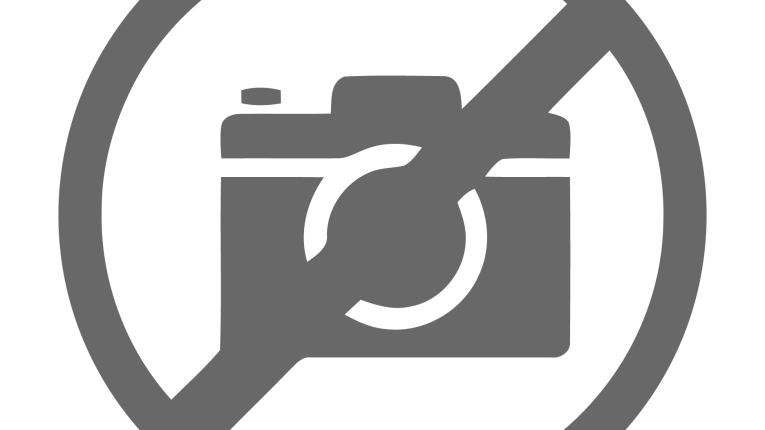
Earlier in 2024, Zoom unveiled the new Zoom H1essential Stereo Handy Recorder, which also offers 32-bit float recording. With the two microphones configured for 90º XY stereo capture, the H1essential is a great product that unfortunately arrived to compete in a sea of similar pocket recorders, most of which are rarely used for any professional applications. Someone in the Zoom engineering team must have had a stroke of genius, when it took the H1essential hardware, ditched the two mics, and created the incredibly compact and truly useful new Zoom H1 XLR Handy Recorder.
Instead of the two microphones on the top, the new Zoom H1 XLR features two locking XLR/TRS combo inputs and a 3.5mm stereo input. With those connectors in a such a compact (pocketable) device, the number of applications increases exponentially. Users can easily connect different microphones, feeds from mixing desks, instruments, on-camera mics, lavaliers, phones and more. All with the knowledge that they will be able to record those signals without any clipping.
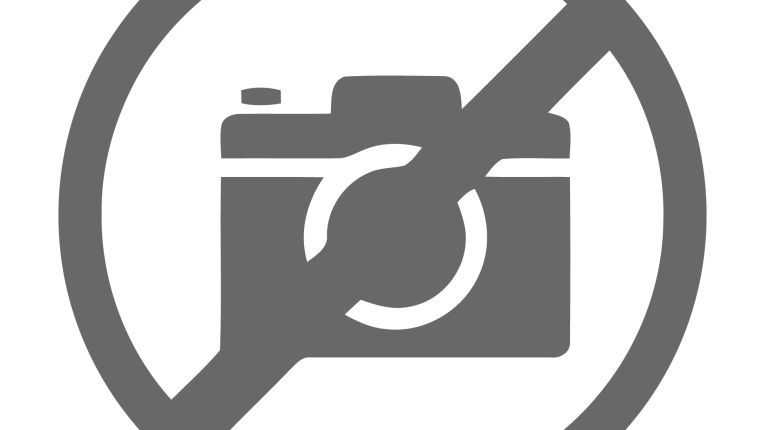
What makes the new Zoom H1 XLR a truly versatile design is the fact that we can connect it via USB-C to a PC, Mac, iOS, or Android device and use it also as an audio interface while simultaneously recording to the SD card. As an audio interface, the H1 can be configured as a 16-bit or 32-bit float at 44.1 or 48 kHz device with 2 inputs and 2 outputs. Content creators can connect the H1 XLR to a mobile device via the USB-C port and record professional audio directly to go with video. Perfect for video podcasts, live streams, and more. In those applications, we can even add extra audio inputs and use the built-in mixer to adjust each track's audio level, while monitoring the result from the 3.5mm headphone output. That same output can also be used to connect directly to a camera.

An important aspect, like with the H1essential, is the new high contrast OLED screen with waveform display, a great improvement over the typical LCD displays used in these recorders. And the new H1 XLR is also designed with accessibility for the blind and visually impaired in mind. When navigating the menu, audible instructions are output via the built-in speaker or headphones. For those who don't speak English, those instructions are available also in Spanish, French, Japanese, German, Italian or Chinese.
The H1 XLR can record both stereo and mono files - 32-bit float mono/stereo BWF and iXML - depending on the application, and up to 96kHz sample rate. It supports SDXC memory cards up to 1TB, which means the ability to record days of audio. And for that, it's important to know that the H1 XLR is powered by two batteries (AA alkaline, NiMH or lithium) or via the Zoom AD-17 mains adapter (DC 5V/1A), but can also be powered via the USB-C port. This includes bus-power as well as external USB battery packs, which is perfect for field recording.
The Zoom H1 XLR is scheduled to start shipping in Q4 2024, retailing for USD $145.
www.zoomcorp.com

